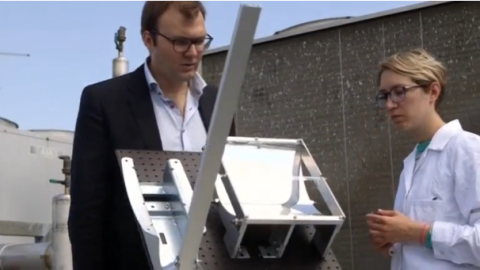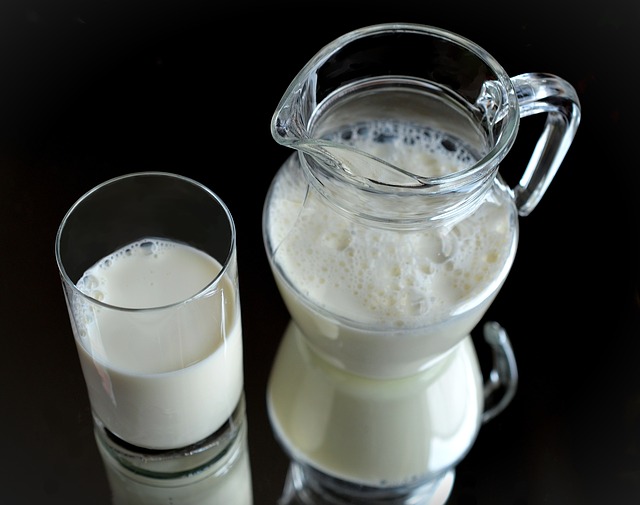
GOTHENBURG, Sweden (Reuters) — A research team in Sweden is developing a new concept which will allow people to capture, store and release solar energy whenever they want.
Solar energy storage has proved incredibly challenging, but a team from Chalmers University of Technology in Gothenburg is trying to use artificial molecules to overcome this limitation.
The group has shown that it is possible to convert solar energy directly into energy stored in the bonds of a chemical fluid, a so-called molecular solar thermal system.
The liquid chemical makes it possible to store and transport the stored solar energy and release it on demand, with full recovery of the storage medium.
“What we are trying to do then is to develop molecules or materials that can capture the energy of the sun and then store the energy for when it is needed and then deliver the energy on demand,” said Professor Kasper Moth-Poulsen, who is heading the research team.
One of the challenges is to improve the absorption of solar energy by the molecule, to make use of as much sunlight as possible.
When designing new molecules the scientists start by looking at an existing molecule’s properties to see how it works and re-design it to form a compound with improved properties.
When they find a promising compound, they take it to the laboratory to try to synthesise it before testing it to see if it works in real solar irradiation conditions.
“It is the molecule that we are making which is absorbing sunlight, the sunlight is then transforming the molecule to another molecule, a so called isomer. And this isomer is stable over time. So we can leave it in a storage tank and then when we need the energy we can return, trigger our molecule, the restored molecule, to release the energy as heat and then we recover our original molecule,” Moth-Poulsen explained.
The hope is that it could be possible to re-use the same molecules over and over again.
Moth-Poulsen said that three years ago his team were able to convert 0.01 per cent of the solar energy into stored energy in chemical bonds. They have increased the conversion rate to 1.1 per cent and want to improve it further.
He said they hoped to reach 10 per cent efficiency in the coming years which would make the technology more financially viabl







